Nutrena ProForce Fuel Horse Feed, 50 lb.
Nutrena ProForce Fuel Horse Feed helps the horses you care for maintain great health. The organic horse feed is a highly versatile, high fat and controlled-starch feed with a unique blend of pellets.
Nutrena ProForce Fuel Horse Feed helps the horses you care for maintain great health. The organic horse feed is a highly versatile, high fat and controlled-starch feed with a unique blend of pellets.
- Contains Rebound Technology, a proprietary combination of chromium and amino acids to help support recovery after competition or hard work
- Horse feed includes Topline Balance to support better topline health
- Nutri-Bloom Advantage improves total fiber digestion up to 15% for better health and bloom
- Marine-sourced calcite supports gastric health and helps maintain a normal stomach pH
- Balanced omega fatty acids support a healthy immune system
- Added prebiotics and probiotics support digestive health and nutrient absorption
- Organic trace minerals for improved immune support, increased bioavailability and improved skin, hair and hoof quality
- Ideal for horses in training, adult maintenance and breeding horses
- Highly versatile, high fat and controlled-starch feed with a unique blend of pellets
- Comes in a 50 lb. horse feed package
- Controlled starch and sugar levels for glycogen repletion and to help minimize the risk for nutrition related problems
- Enhanced with antioxidants, including selenium, vitamin C and vitamin E to support the immune system and minimize the effects of stress
SATISFACTION GUARANTEED If you aren’t completely satisfied with this product, please return it to your retailer with receipt within 30 days of purchase for a full refund.
Additional information
| Food Form | Textured |
|---|---|
| Horse Life Stage | Performance, Adult |
| Packaged Height | 5 in. |
| Packaged Length | 34 in. |
| Packaged Weight | 50 lb. |
| Packaged Width | 16 in. |
| Product Height | 5 in. |
| Product Length | 34 in. |
| Product Weight | 50 lb. |
| Product Width | 16 in. |
| Special Diets | High Fat, Probiotics, Low Starch, Prebiotics, Omega Fatty Acids |
| Warranty | 30 Day Warranty and Satisfaction Guaranteed |
| Manufacturer Part Number | 94200 |

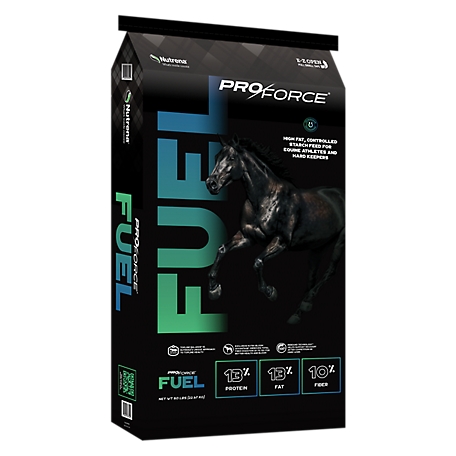

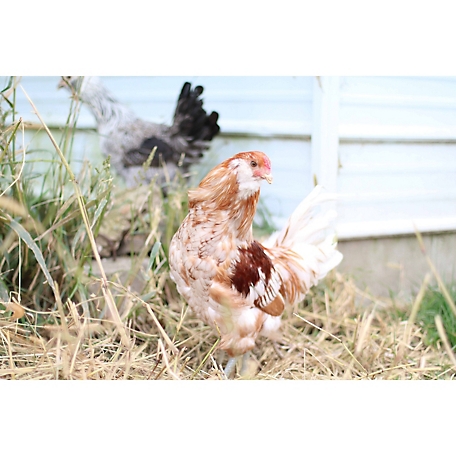

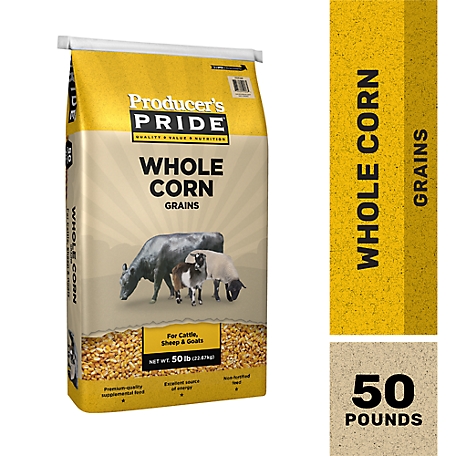
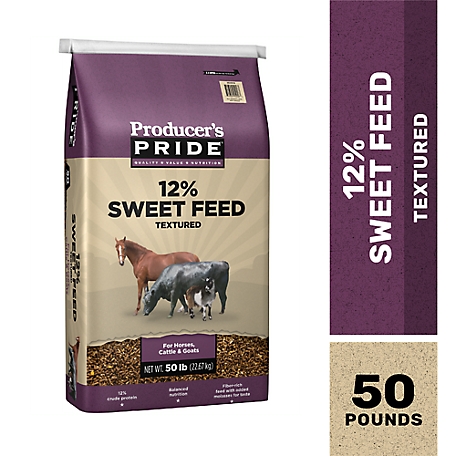



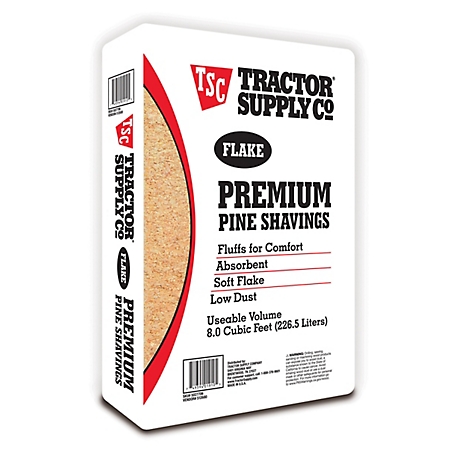

by Shelly
We use this daily for our high performance horses. It helps them keep a healthy weight and provides them with the fuel they need.
by Duble
I have a 27yo TB mare who just does NOT find senior feeds appealing. This feed has the high carolic density she needs to maintain weight plus she actually likes it!
by Merry
Great grain for hardkeepers and high metabolism tbs !
by Mesha
My mare is doing great on this feed. High fat is what she needs.
by Criswell
My daughter loves this for her Barrel Horse.